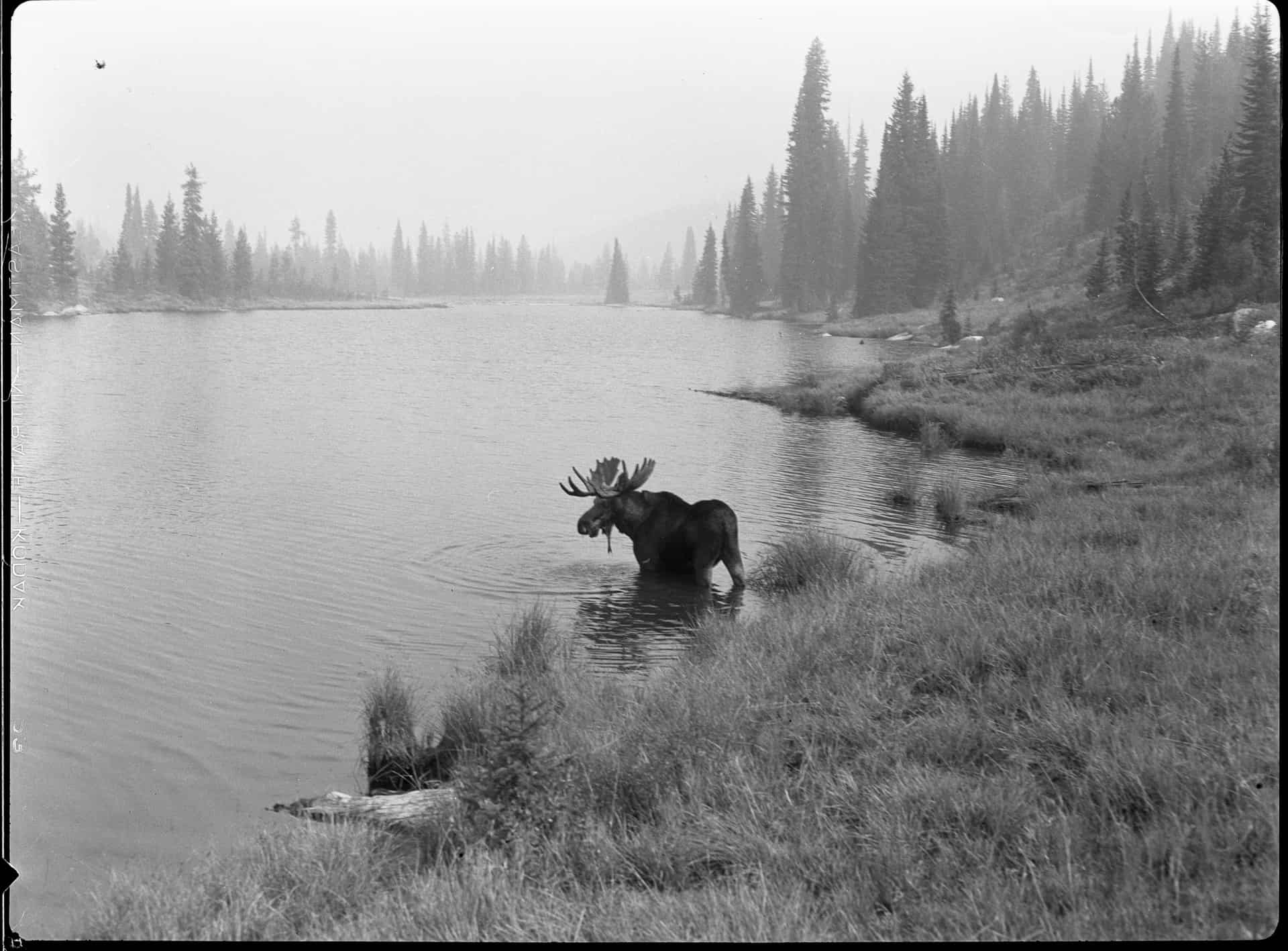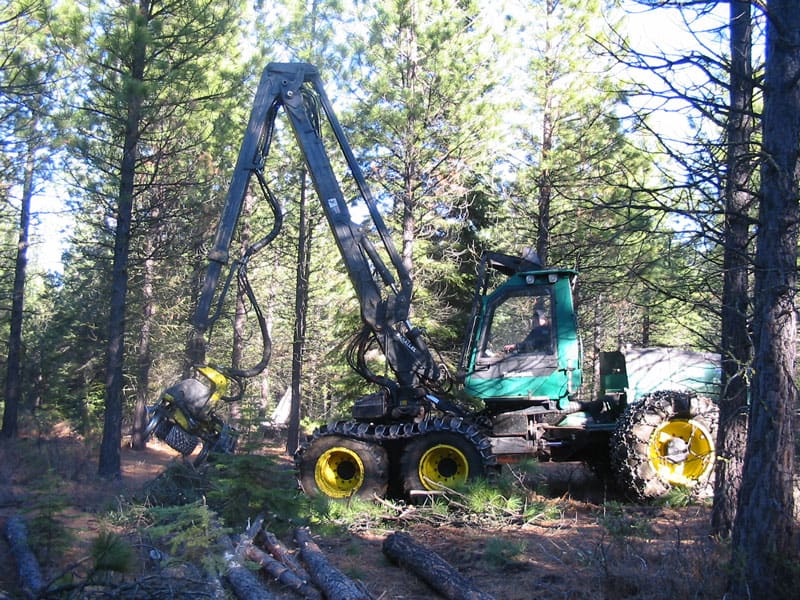It seems like everyone agrees that there are many dead trees out here in the Interior West. It seems like most folks think the ones along roads and trails should be cut so they don’t fall on people (although there are more out there than we are probably capable of getting) . Most folks agree that fire breaks around communities are a good idea to give firefighters a safe place to operate, among other reasons. Many people don’t want cutting in the backcountry, but I don’t think that anyone is proposing that.
Firebreaks around communities, roads and powerlines is about all people can get funding to do, if that. If climate change causes more outbreaks and more fires, we will be lucky just to keep up with powerlines, roads and communities.
See the below article here..
Udall, Bennet want Vilsack to treat beetle kill as ‘national emergency’ in wake of wildfires By David O. Williams 10/4/10 2:28 PM
Citing last month’s wildfires near Boulder and Loveland and the ongoing Church’s Park Fire in Grand County, U.S. Sens. Mark Udall and Michael Bennet are asking U.S. Agriculture Secretary Tom Vilsack to treat the pine bark beetle epidemic as a national emergency.The two Colorado Democrats in a release today said they are leading a bipartisan effort to get Vilsack to “rededicate” an additional $49 million in existing funds to help clear dead trees and perform other forest mitigation work to decrease the fire risk in the U.S. Forest Service Region 2, which includes Colorado, Wyoming, South Dakota, Kansas and Nebraska.
Last year Bennet and Udall got Vilsack to channel $40 million in existing funds into mitigation efforts in Region 2, of which $30 million is now being used to reduce fuel loads in Colorado’s White River, Medicine Bow/Routt and Arapaho/Roosevelt national forests.
In the wake of the costly Fourmile Canyon blaze west of Boulder last month, which consumed 166 homes, environmentalists and politicians – including Boulder’s mayor – pointed to climate change as a key contributor in the ongoing bark beetle epidemic that has killed more than 2 million acres of lodgepole pines in Colorado and Wyoming.
Scientists generally agree that warmer historical temperatures have contributed to the outbreak because there have not been enough prolonged cold snaps to kill beetle larvae during the winter months. But some studies suggest forests are not any more susceptible to wildfire because of the beetle kill outbreak and that resources for clearing trees too deep into the forest should be limited.
Still, firefighters generally agree that the huge fuel loads presented by massive swaths of dead forest make battling blazes in and around communities all the more problematic, and one of the greatest concerns is clearing dead trees away from the state’s hundreds of miles of power lines that criss-cross public lands.
I also thought this article was interesting and well written. Beetle-kill epidemic a boon for Wyoming’s timber industry?
Here’s some more quotes related to the “controversy.”
Beetle-killed forests are just as susceptible to fire as green forests, and there’s little proof of the widely held fear that fires in infested stands will burn so hot they’ll sterilize the soil, said Duane Short, an ecologist with the Laramie-based Biodiversity Conservation Alliance.
Logging hasn’t stopped the spread of beetles, he said, and clearing dead timber hurts the long-term health of the forest.
“If you’re familiar with the curriculum of Forest Service schools, it’s about logging, and it’s about ways to log,” Short said. “It’s not about the natural ecology of forests. And so the folks that end up in these fields, they look for reasons to log, essentially.”
Forest officials dispute Short’s assertions.
“If we sat on our hands and did nothing, I think we’ll see some down the road, especially when we get downfall, we’ll see some large fires that are stand- or species-altering fires,” said Wyoming State Forester Bill Crapser. “I also think we’ll see a less healthy forest in the interface.”
I sincerely hope Short’s comments about forestry education were taken out of context.. Anyway, what if we all agreed to take up the topic of the “fuels treatment in the backcountry” sometime later (when we are done with WUI, powerlines and roads) and just focus for the moment on moving forward on what we all agree on?









